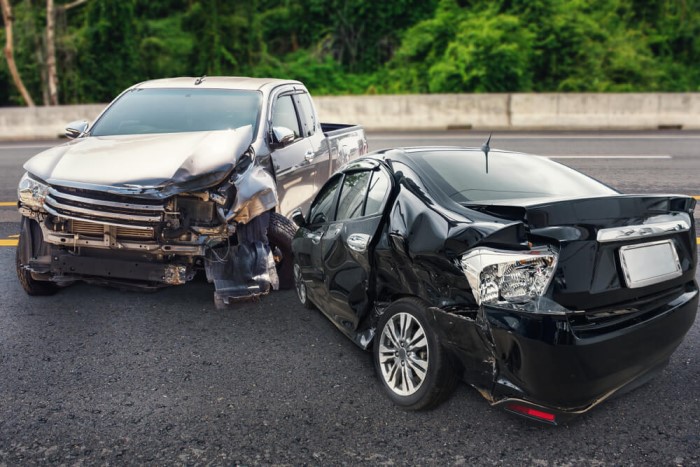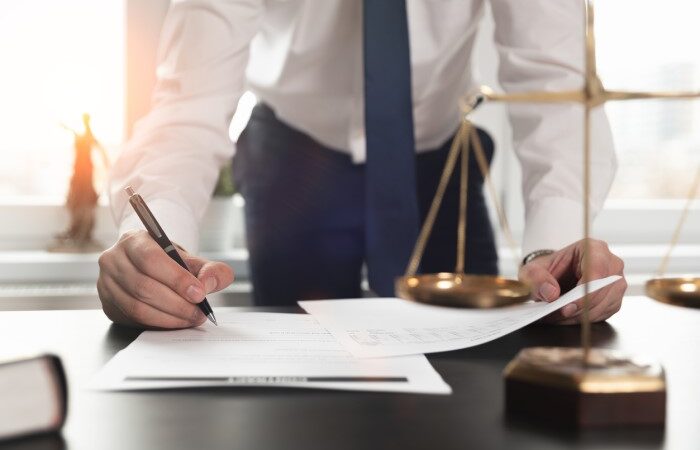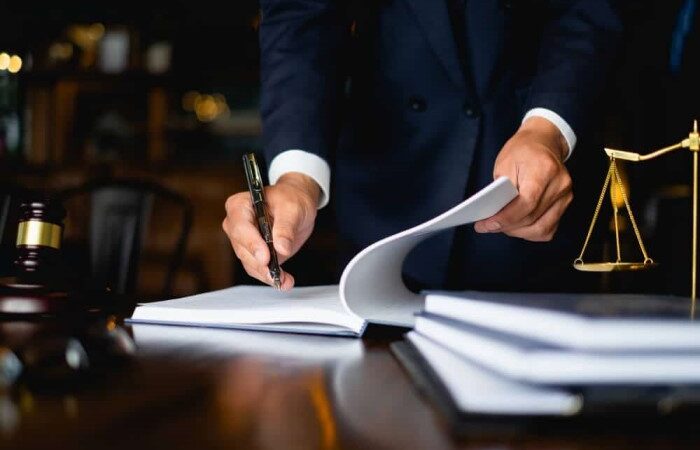Determining & Proving Fault in a T-Bone Car Accident

What Should You Do After a T-Bone Collision?
A T-bone car accident, also known as a side-impact or broadside collision, occurs when the front of one vehicle collides with the side of another, forming a “T” shape. These accidents are particularly dangerous due to the minimal protection offered by the sides of vehicles, leading to significant injuries and damages. Determining fault in these scenarios can be challenging without the right knowledge and expertise.
If you’re involved in such an incident, it’s critical to understand how to prove liability. This is where a Las Vegas Personal Injury Lawyer can offer invaluable assistance. They can help decipher the legal complexities and identify the at-fault party based on traffic laws, accident reconstruction, and evidence available.
Determining Fault in T-Bone Car Accidents
The primary challenge in determining fault in a T-bone accident lies in proving which driver had the right of way. It is commonly the driver who failed to yield the right of way that is found to be at fault. However, this isn’t always as clear-cut as it seems and may require a thorough understanding of local traffic laws and careful analysis of the accident scene.
Furthermore, a Las Vegas car accident lawyer can help establish fault by leveraging the principle of negligence. In a broad legal sense, negligence refers to someone’s failure to behave with the level of care that a reasonable person would have exercised under the same circumstances. Proving this aspect can significantly impact the outcome of a T-bone car accident case.
Evidence collection is also crucial in proving fault. This includes gathering witness statements, traffic camera footage, photographs of the scene, and police reports. Working with an experienced lawyer can ensure that all relevant evidence is efficiently collected and adequately assessed.
Implications of Shared Fault in Nevada
In some instances, both parties involved in a T-bone accident may share responsibility. Nevada follows the rule of comparative negligence, which means that the compensation a party receives will be reduced by the percentage of their fault in the accident. Thus, if you’re 20% at fault, you can only recover 80% of your total damages
A skilled Nevada car accident lawyer can guide you through this process, helping to accurately assess your level of fault and ensuring you receive the fair compensation you deserve.
Key Steps to Take Following a T-Bone Accident
After a T-bone car accident, it’s common to feel disoriented or stressed due to a sudden and often traumatic event. However, your actions in the immediate aftermath can significantly influence your ability to claim compensation later on. To help you navigate this critical period, here are some key steps you should take, to ensure your safety and rights are protected:
- Remain at the scene and call for medical help if necessary
- Contact law enforcement and make sure an official police report is filed
- Document the accident scene, taking photographs and noting details
- Collect the contact information of witnesses and other involved parties
- Seek legal counsel from a qualified Nevada car accident lawyer as soon as possible
Role of a Nevada Car Accident Lawyer in Proving Fault
Engaging the services of a car accident lawyer following a T-bone accident can be a game-changer. With their comprehensive knowledge of Nevada’s traffic laws and experience in handling similar cases, they can help determine and prove fault effectively. They’ll not only assist in gathering and interpreting evidence but also represent you throughout the legal proceedings, ensuring your rights are safeguarded.
Furthermore, a car accident lawyer can negotiate with insurance companies on your behalf. Insurers often aim to minimize payout amounts, but an experienced lawyer can argue for a fair settlement that adequately covers your losses, relieving you of additional stress during this challenging time.



